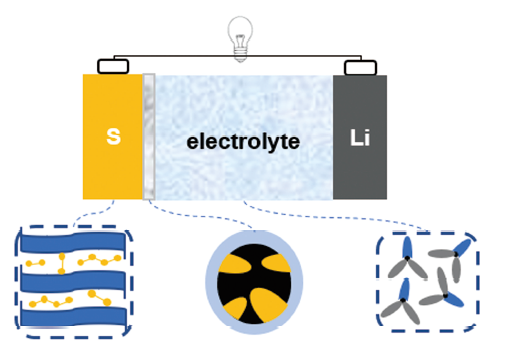 PDF(25078 KB)
PDF(25078 KB)


 PDF(25078 KB)
PDF(25078 KB)
 PDF(25078 KB)
PDF(25078 KB)
准固相转化机制硫正极
 ({{custom_author.role_cn}}), {{javascript:window.custom_author_cn_index++;}}
({{custom_author.role_cn}}), {{javascript:window.custom_author_cn_index++;}}Quasi-Solid-State Conversion Mechanism for Sulfur Cathodes
 ({{custom_author.role_en}}), {{javascript:window.custom_author_en_index++;}}
({{custom_author.role_en}}), {{javascript:window.custom_author_en_index++;}}
| {{custom_ref.label}} |
{{custom_citation.content}}
{{custom_citation.annotation}}
|
/
| 〈 |
|
〉 |